Plumber Oceanside CA plays a crucial role in maintaining the essential systems of homes and buildings. Plumbing systems are complex networks that require precision and expertise to function properly.
A single malfunction can lead to costly repairs and significant disruption. Plumbers ensure that water flows smoothly and that waste is disposed of efficiently.
Plumbing involves more than just fixing leaks and unclogging drains. It requires a deep understanding of water pressure, pipe materials, and system design. Plumbers install, repair, and maintain water supply and drainage systems. Their work ensures that clean water is available and that wastewater is removed safely.
The complexity of plumbing systems has increased with technological advancements. Modern plumbing integrates smart fixtures, energy-efficient designs, and water-saving technologies. Plumbers must stay updated with the latest tools and techniques to meet industry standards. Training and certification are essential for handling advanced plumbing systems.
Installation of plumbing systems involves strategic planning and precise execution. Plumbers assess the building’s layout to design an efficient water flow system. Proper pipe placement ensures consistent water pressure and prevents leaks. Attention to detail during installation prevents future issues and reduces maintenance costs.
Leak detection is a vital skill in plumbing. Small leaks can lead to significant water damage if left unchecked. Plumbers use specialized tools to identify hidden leaks behind walls and under floors. Early detection and repair prevent structural damage and mold growth.
Clogged drains are among the most common plumbing issues. Hair, grease, and foreign objects can obstruct water flow and cause backups. Plumbers use augers, hydro jets, and chemical treatments to clear blockages. Regular maintenance prevents clogs and ensures smooth drainage.
Pipe repair and replacement are essential for maintaining a plumbing system’s integrity. Corrosion, freezing, and physical damage can compromise pipes over time. Plumbers assess the condition of pipes and recommend repairs or upgrades. Modern materials like PEX and PVC offer improved durability and flexibility.
Water heater installation and maintenance require specialized knowledge. Plumbers ensure that water heaters are properly connected to the plumbing and electrical systems. Regular flushing and component checks prevent sediment buildup and extend the heater’s lifespan. Efficient water heating reduces energy costs and improves comfort.
Backflow prevention protects water supplies from contamination. Plumbers install and maintain backflow preventers to safeguard drinking water. Testing and maintenance ensure that preventers function properly. Backflow protection is critical in both residential and commercial settings.
Septic system maintenance is essential for properties not connected to municipal sewage lines. Plumbers inspect tanks, clear blockages, and ensure proper drainage. Routine maintenance prevents overflows and extends the life of the system. Environmental regulations require that septic systems meet specific standards.
Fixture installation enhances both function and style. Plumbers install faucets, showers, and toilets with precision to prevent leaks and ensure proper operation. High-efficiency fixtures reduce water consumption and lower utility bills. Proper installation improves the overall performance of the plumbing system.
Water pressure issues can result from pipe blockages, leaks, or faulty regulators. Plumbers diagnose the cause and adjust pressure levels to restore normal flow. Consistent water pressure improves the efficiency of fixtures and appliances. Balanced pressure also reduces strain on pipes and extends their lifespan.
Frozen pipes are a common problem in cold climates. When water freezes, it expands and can cause pipes to burst. Plumbers use insulation and heating solutions to prevent freezing. Thawing frozen pipes requires careful handling to avoid further damage.
Gas line installation and repair require specialized training and certification. Plumbers ensure that gas lines are securely connected and free from leaks. Regular inspections prevent gas leaks and enhance safety. Proper ventilation and pressure regulation are essential for gas line performance.
Water filtration systems improve the quality of drinking water. Plumbers install and maintain filtration units to remove impurities and contaminants. Reverse osmosis and carbon filters are common systems used in residential and commercial settings. Clean water enhances health and reduces reliance on bottled water.
Plumbing in multi-story buildings presents unique challenges. Water pressure must be balanced across different floors. Plumbers design and install booster pumps and pressure-regulating valves to ensure even distribution. Vertical plumbing systems require strategic planning to prevent drainage issues.
Bathroom and kitchen remodeling often require extensive plumbing work. Plumbers relocate pipes, install new fixtures, and upgrade water supply lines. Careful planning ensures that new layouts are functional and efficient. Remodeling projects improve both the value and comfort of a property.
Emergency plumbing services are critical for addressing sudden failures. Burst pipes, sewage backups, and water heater malfunctions require immediate attention. Plumbers respond quickly to minimize damage and restore functionality. Emergency repairs prevent long-term issues and additional costs.
Eco-friendly plumbing solutions reduce water and energy consumption. Low-flow toilets, water-saving showerheads, and tankless water heaters improve efficiency. Plumbers recommend and install sustainable options to reduce environmental impact. Green plumbing enhances both performance and conservation efforts.
Routine inspections prevent major plumbing failures. Plumbers check for leaks, corrosion, and pressure imbalances during maintenance visits. Early intervention reduces repair costs and extends the lifespan of plumbing systems. Regular maintenance ensures consistent performance and reliability.
Plumbing in older buildings requires specialized knowledge. Outdated pipes and fixtures may not meet modern standards. Plumbers assess the condition of old systems and recommend upgrades. Modernizing plumbing improves safety, efficiency, and compliance with current regulations.
Cross-connection control prevents contamination between potable and non-potable water sources. Plumbers install and maintain cross-connection devices to protect water quality. Regular testing ensures that backflow prevention measures remain effective. Cross-connection control enhances both health and safety.
Plumbing for irrigation systems supports efficient water use in landscaping. Plumbers design and install drip systems and sprinkler networks. Smart controllers adjust watering schedules based on weather and soil conditions. Efficient irrigation reduces water waste and supports healthy plant growth.
Water hammering occurs when pressure surges create loud banging noises in pipes. Plumbers install air chambers and pressure-reducing valves to eliminate hammering. Proper pressure regulation prevents pipe damage and noise. Quiet plumbing systems improve overall comfort in a building.
Commercial plumbing involves complex systems that serve large buildings and high-traffic areas. Plumbers design and install systems that accommodate heavy use. Grease traps, industrial water heaters, and large-scale drainage networks require specialized expertise. Commercial plumbing systems must meet strict health and safety codes.
Water softening systems remove minerals that cause scale buildup in pipes and appliances. Plumbers install and maintain softeners to improve water quality. Softened water enhances the lifespan of plumbing fixtures and reduces maintenance. Water softening also improves the efficiency of soaps and detergents.
Advanced leak detection technology improves diagnostic accuracy. Thermal imaging, acoustic sensors, and moisture meters identify hidden leaks. Non-invasive techniques reduce disruption and repair time. Early leak detection prevents structural damage and mold growth.
Greywater recycling systems reuse water from sinks, showers, and washing machines. Plumbers design and install filtration and storage systems for greywater use in irrigation and toilet flushing. Recycling reduces water consumption and supports sustainable practices. Greywater systems improve overall water efficiency in residential and commercial settings.
Smart plumbing technology allows for remote monitoring and control. Leak detectors, pressure sensors, and automated shut-off valves provide real-time alerts. Smart systems enhance water conservation and prevent costly damage. Integration with home automation systems increases convenience and security.
Plumbing codes and regulations ensure safety and efficiency. Plumbers stay updated on local codes and industry standards. Compliance with regulations prevents fines and liability issues. Professional plumbers guarantee that all installations meet legal requirements.
Plumbers provide essential services that maintain the health, safety, and comfort of a property. Their expertise ensures that plumbing systems operate efficiently and reliably. From installation to emergency repair, plumbers handle complex challenges with precision. Their work supports both daily convenience and long-term infrastructure stability.
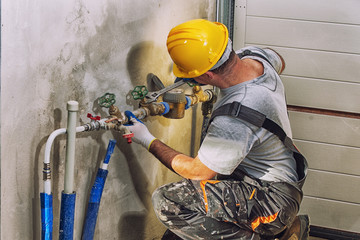
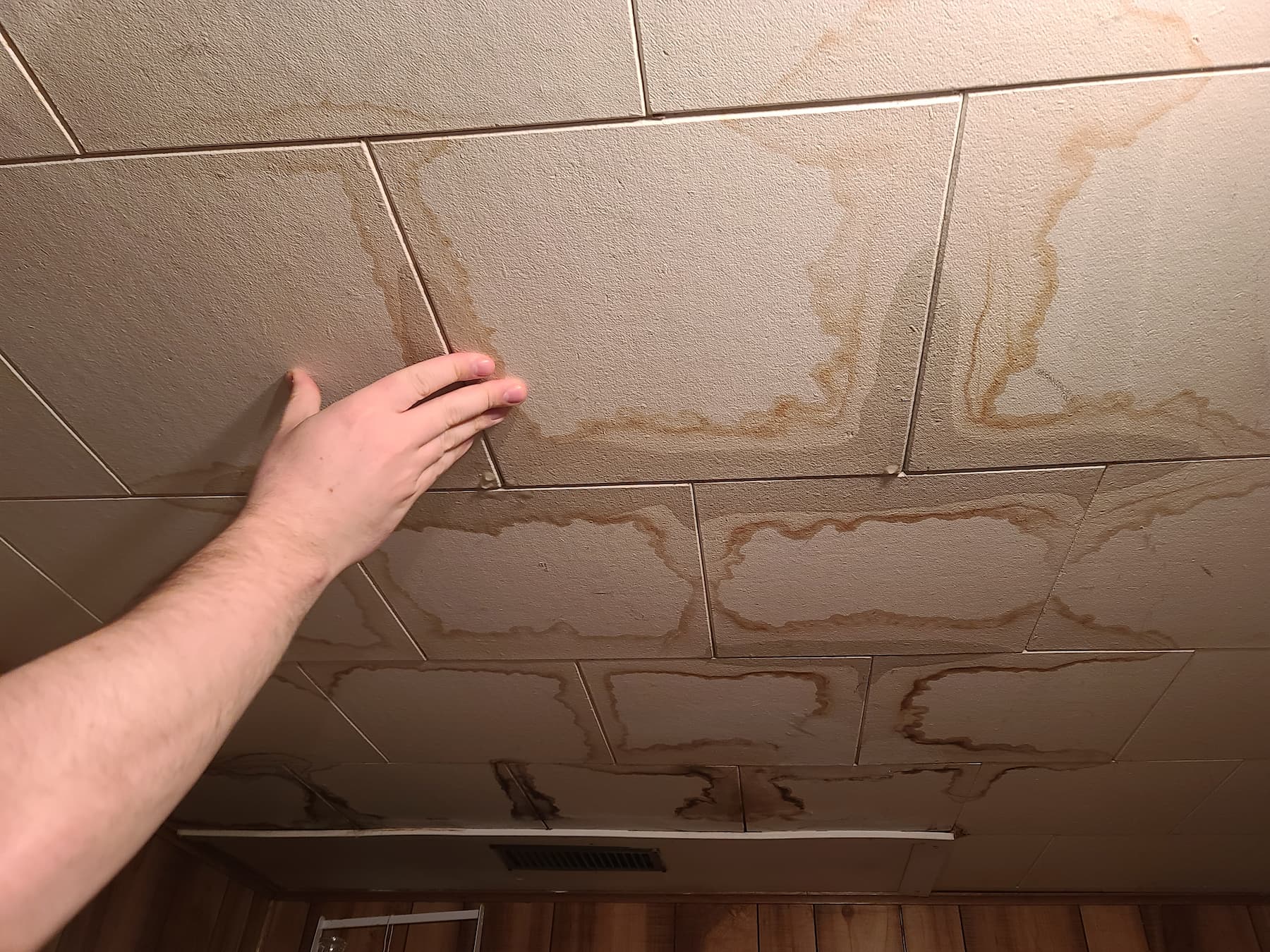

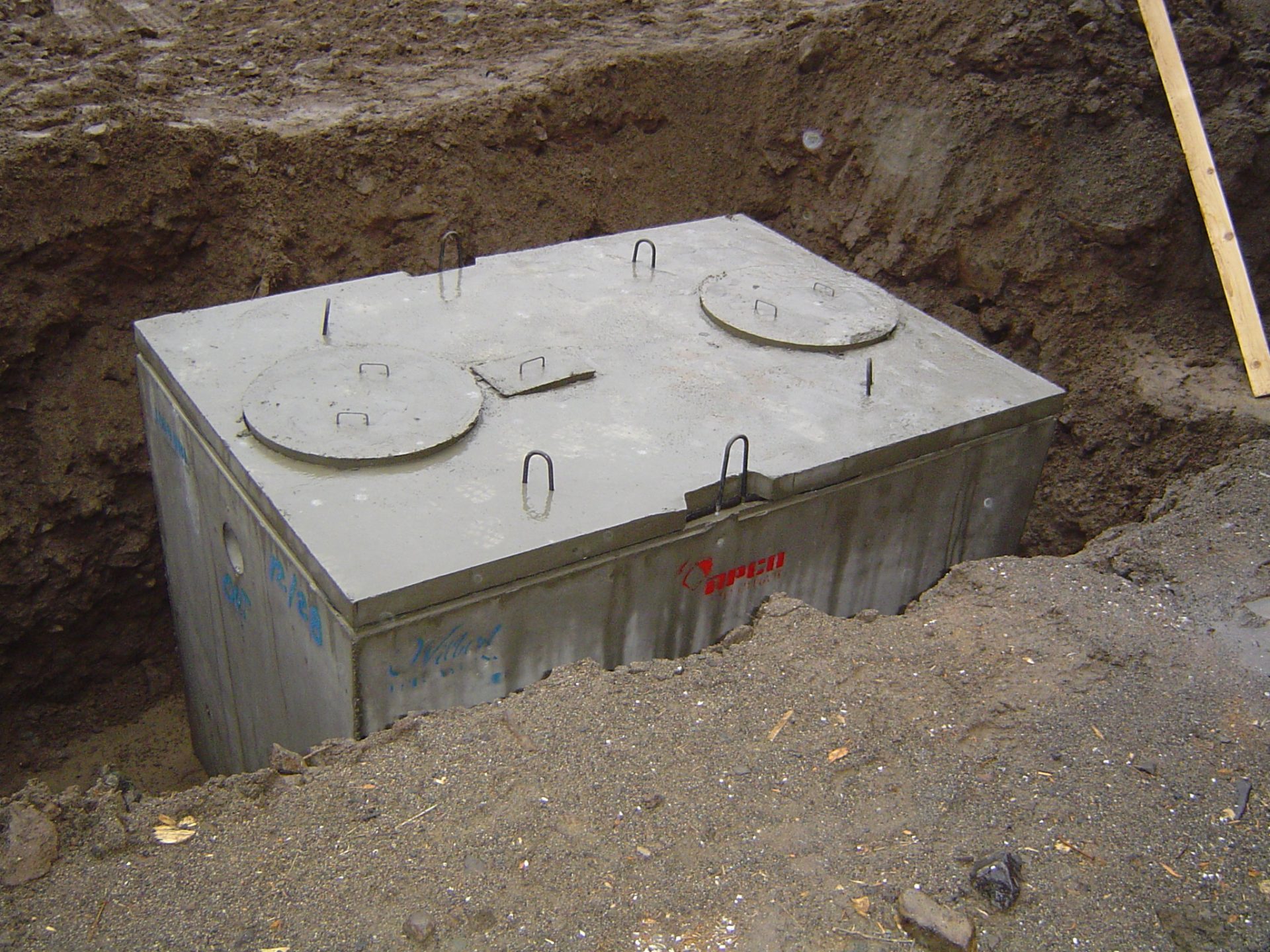

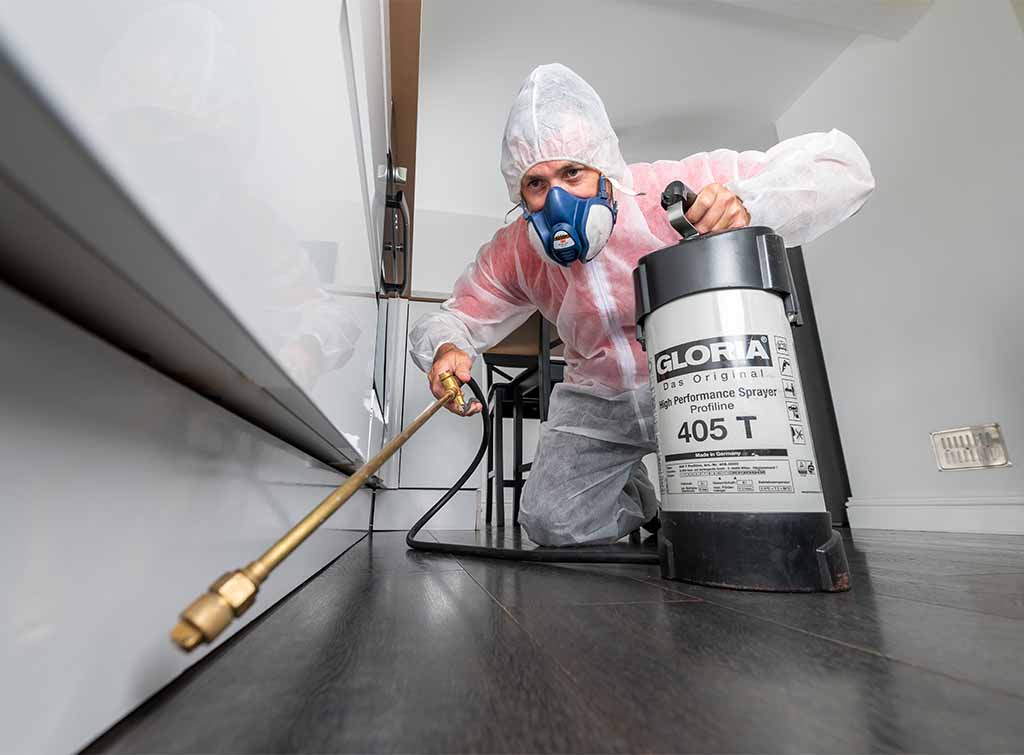

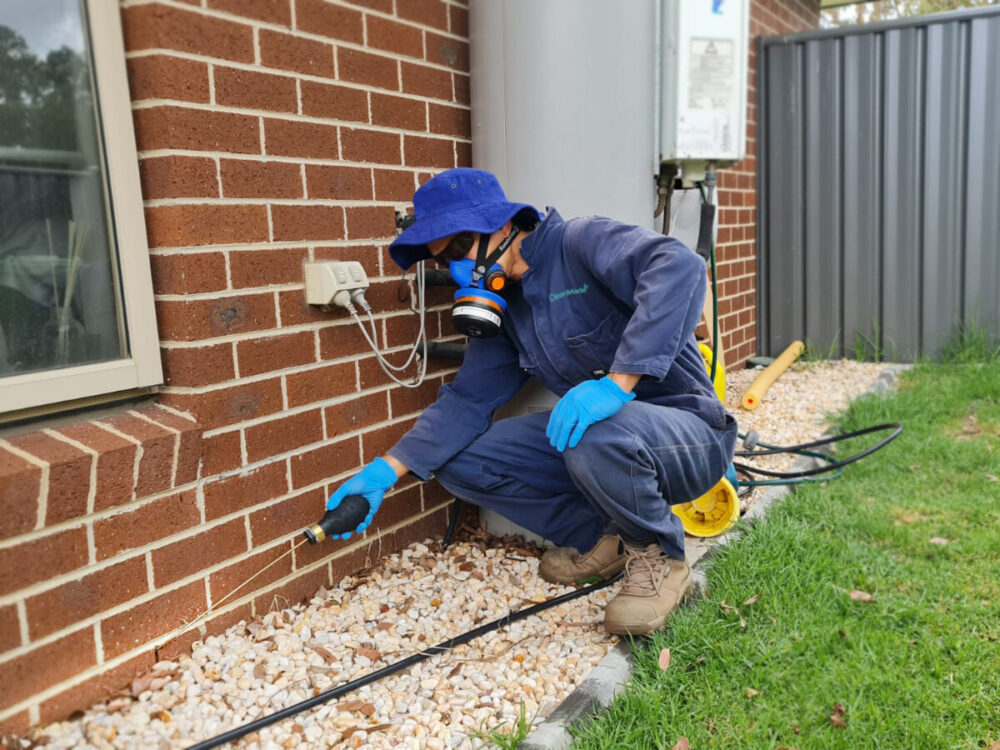

 For this reason, many homeowners opt to work with a design-build firm offering professional design and construction services under one roof.
For this reason, many homeowners opt to work with a design-build firm offering professional design and construction services under one roof.